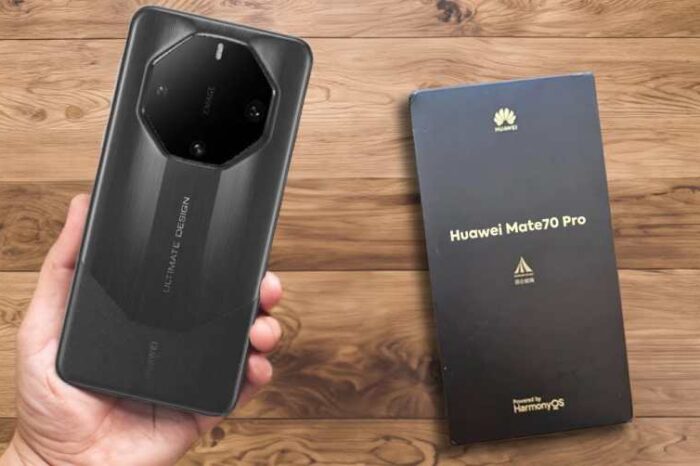Artificial Intelligence By The Numbers: 10 Facts About AI
Posted On October 14, 2019
0
7.6K Views

Artificial intelligence is having a significant impact on mainstream business and computing after years of being in the hype cycle. Companies such as Amazon and Netflix have saved billions of dollars a year, and AI is expected to boost the global economy by trillions of dollars over the next several years.
About the author:
Preston Gralla
Preston Gralla is a freelance writer and author who has written thousands of articles and nearly 50 books about technology. His work has been published in Computerworld, PC World, PC Magazine, USA Today, the Dallas Morning News, the Los Angeles Times, and many other publications. His books have sold hundreds of thousands of copies worldwide and been translated into nearly 20 languages.
















